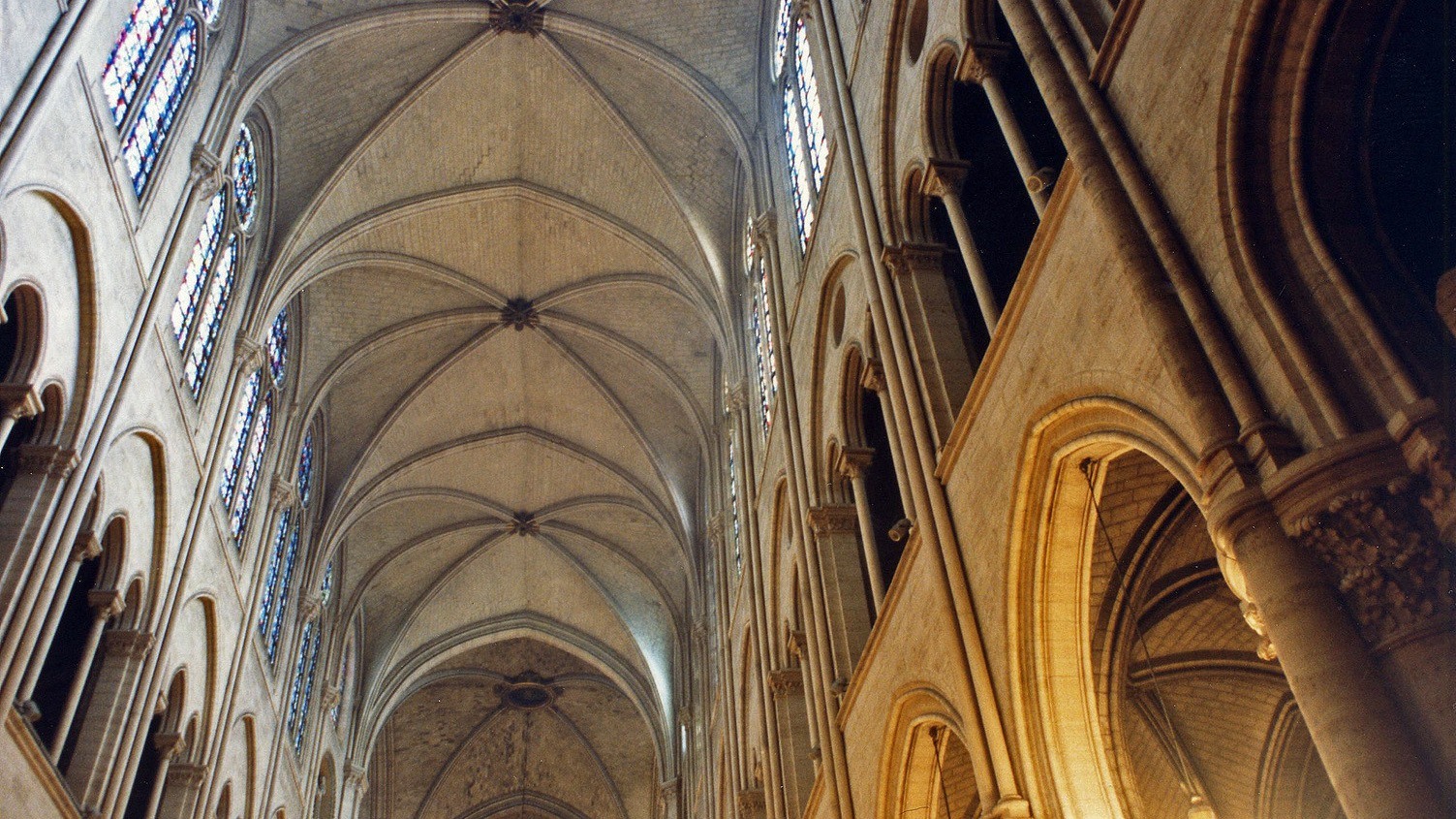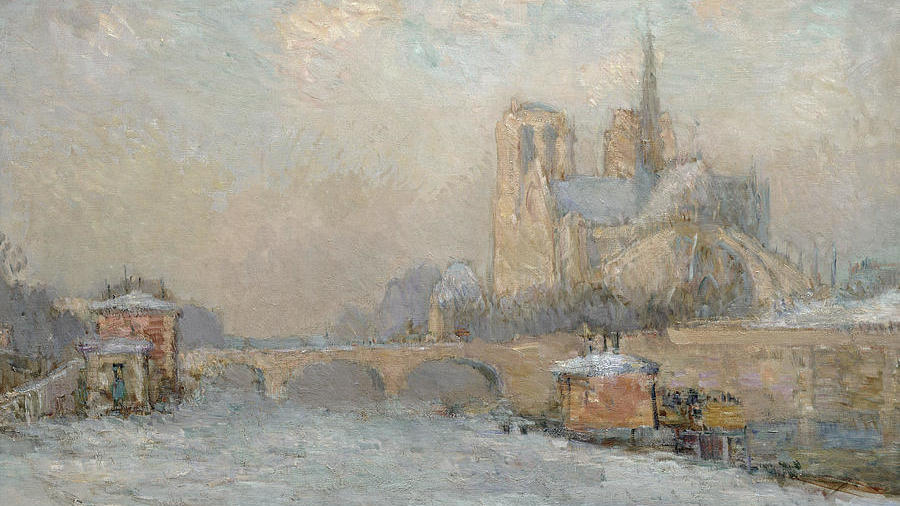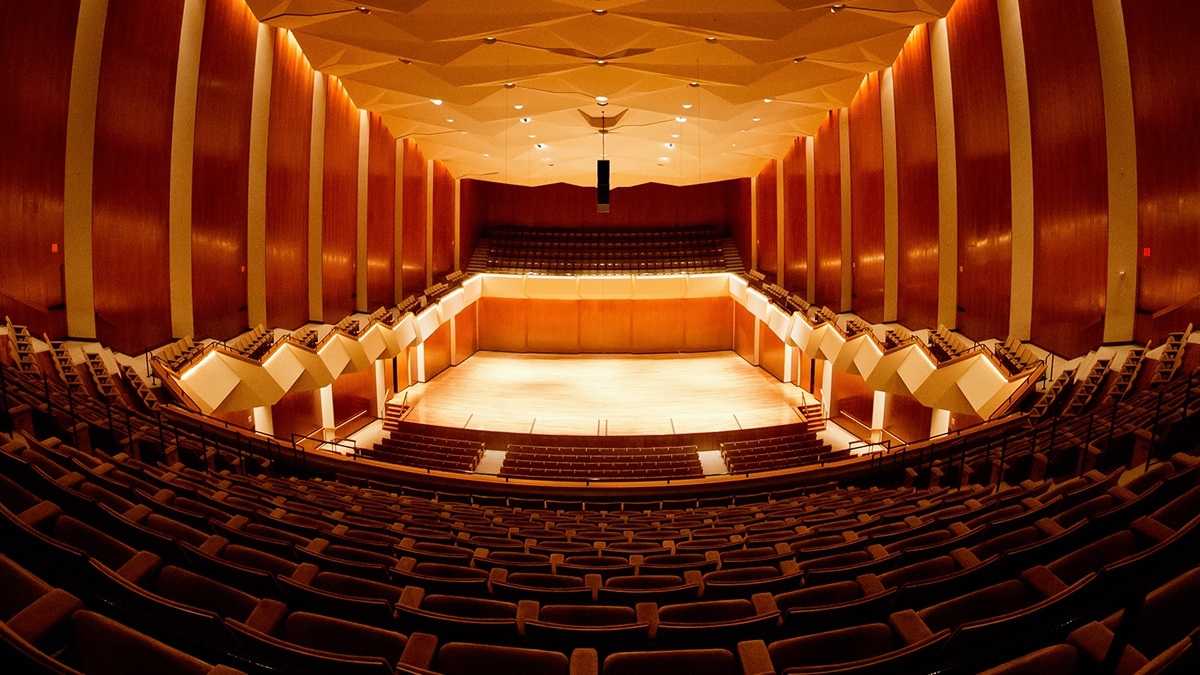Léonin, Pérotin, and the Birth of Polyphony at Notre Dame
Why did the devastating fire at Paris’ Notre Dame Cathedral capture such intense worldwide attention this week? One reason is because of the way Notre Dame connects us to the past by way of nearly a thousand years of history. The stones of this iconic structure, which Victor Hugo described in 1831 as “a vast symphony in stone,” have presided over great plagues, the turmoil of the French Revolution, Napoléon Bonaparte’s self-coronation, and the …







